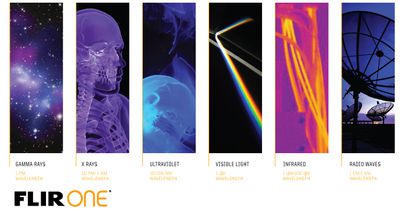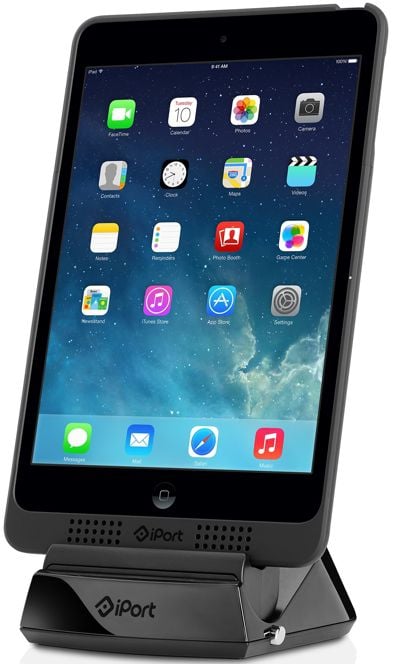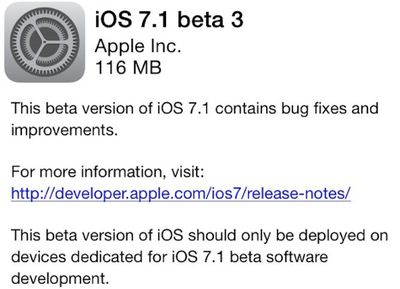 Spotify's new free listening tier for smartphone customers, originally announced last month, is finally live for iPhone users. Previously, Spotify limited its free listening to desktop users, requiring a $9.99 monthly subscription for music access on mobile devices beyond Spotify's free radio streaming.
Spotify's new free listening tier for smartphone customers, originally announced last month, is finally live for iPhone users. Previously, Spotify limited its free listening to desktop users, requiring a $9.99 monthly subscription for music access on mobile devices beyond Spotify's free radio streaming.
On the iPhone, Spotify's service is built around shuffling, much like similar services from Pandora and iTunes Radio. Customers can search for a specific artist or song, but will be required to shuffle through an artist's catalog to access the music. Pre-compiled playlists can also be accessed, but unlimited search and listen access is not available.
Only paid iPhone subscribers will be able to listen to music offline, a must for users hoping to listen to music on airplanes. iPad users see a slightly different service, working similarly to how the current PC version of Spotify does. Users can pick and choose songs to listen to without forced shuffling, but they still won't get access to offline tracks.
- Your music: Listen to all the playlists you’ve created and playlists from the people you follow. Spotify lets you discover new music, save, shuffle and share.
- Your favourite artists: Want to listen to a certain artist? Just hit shuffle play, sit back and listen to their entire catalogue. Don’t settle for something similar. Don’t settle for just one track from the artist you want to hear every 20 minutes.
- Discover great new playlists: Going for a jog or to the gym? We’ve got the playlist to help you go the extra mile. We know you just want the perfect music for a specific moment in time – and we’ve got you covered. There’s something for every mood, genre or moment.
Spotify for iPhone can be downloaded from the App Store for free. [Direct Link]
Update: Some users are saying they've had access to the free tier for several weeks. It's possibly Spotify has been rolling out the new tiers gradually to its user base.








 Apple today requested that U.S. District Judge Denise Cote disqualify Michael Bromwich, the external compliance monitor Apple was ordered to hire to ensure the company complies with all antitrust requirements in the future, from serving in his position,
Apple today requested that U.S. District Judge Denise Cote disqualify Michael Bromwich, the external compliance monitor Apple was ordered to hire to ensure the company complies with all antitrust requirements in the future, from serving in his position,  At CES today, 3D Systems introduced an iPad-version of its popular Sense 3D scanner
At CES today, 3D Systems introduced an iPad-version of its popular Sense 3D scanner 































